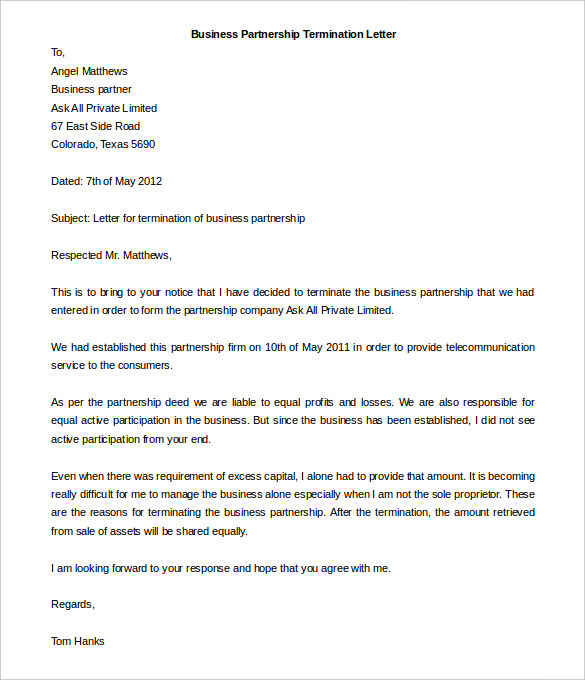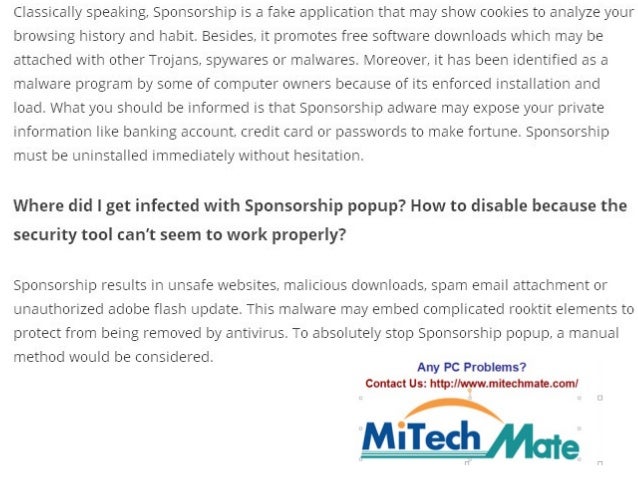How To Get Rid Of A Partner In An Llc

Partnership disputes can cripple an LLC. Removing a partner requires careful planning and adherence to legal and operational agreements.
Navigating the process of removing a member from a Limited Liability Company (LLC) demands meticulous attention to the LLC's operating agreement and relevant state laws. Ignoring these factors can lead to protracted legal battles and significant financial losses. This article provides a concise guide to legally and effectively removing a partner from an LLC, minimizing risk and ensuring compliance.
Understanding the Operating Agreement
The operating agreement is your first and most important resource. It outlines the specific procedures for member removal, including required votes, buyout provisions, and dispute resolution mechanisms.
Thoroughly review the agreement to understand the conditions under which a member can be removed. Look for clauses addressing expulsion, voluntary withdrawal, or dissolution triggers.
Ignoring these clauses can render any attempt at removal legally invalid.
Voluntary Withdrawal
Ideally, the member will voluntarily withdraw from the LLC. This is the simplest and least contentious method.
The operating agreement usually dictates the process for voluntary withdrawal, including notice periods and the valuation of the departing member’s interest.
Involuntary Removal (Expulsion)
If a member refuses to leave voluntarily, you might need to pursue involuntary removal, or expulsion. This is often a more complex process.
Expulsion clauses typically specify grounds for removal, such as breach of fiduciary duty, misconduct, or violation of the operating agreement.
Grounds for Expulsion
Document everything. Clear and convincing evidence is crucial for a successful expulsion.
Gather evidence of the member's actions that warrant removal. This includes financial records, emails, witness statements, and any other documentation supporting your claim.
The Voting Process
Most operating agreements require a specific voting threshold to expel a member. This could be a majority vote, a supermajority vote, or unanimous consent.
Strictly adhere to the voting procedures outlined in the operating agreement. Any deviations from the prescribed process could invalidate the expulsion.
Buyout Provisions
Regardless of whether the member withdraws voluntarily or is expelled, you will likely need to buy out their interest in the LLC.
The operating agreement should specify the method for valuing the departing member's interest. Common methods include independent appraisals, formula-based valuations, or negotiated settlements.
Legal Consultation
Consult with an experienced business attorney. An attorney can review your operating agreement, advise you on the legal requirements for member removal in your state, and represent you in negotiations or litigation.
An attorney can ensure compliance with state laws and prevent costly legal mistakes.
State Law Considerations
LLC laws vary by state. Familiarize yourself with the relevant laws in your jurisdiction regarding member removal and LLC governance.
State laws may dictate mandatory buyout provisions, dispute resolution mechanisms, or other procedural requirements.
Next Steps
Document every action taken throughout the removal process. Maintain detailed records of all communications, votes, valuations, and legal advice.
Failing to properly document the process can leave you vulnerable to legal challenges.
The most effective approach is to proactively establish well-defined procedures within your operating agreement, seeking legal counsel to ensure comprehensive coverage and compliance, to prepare for a time when such a change may need to be considered.






:max_bytes(150000):strip_icc()/how-to-leave-a-toxic-marriage-4091900-v1-dd492ad5f35949e192a3dbc2f5245463.png)











